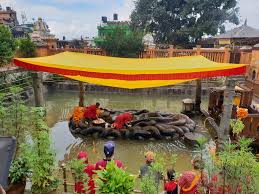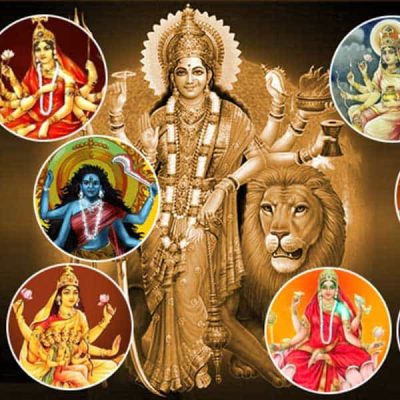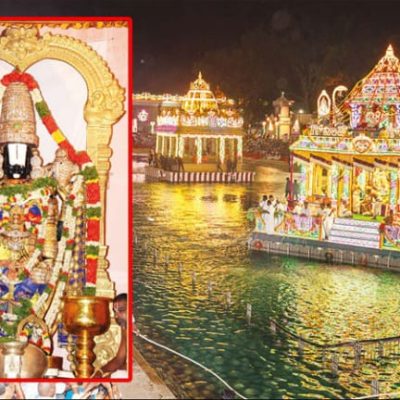Budhanikantha Temple, Nepal

Address
Budhanikantha Temple, Golfutar Main Rd, Budhanilkantha 44600, Nepal
Deity
Budhanikantha (Vishnu)
Introduction
- Temple Name: Budhanilkantha Temple (also known as Narayanthan Temple).
- Location: Budhanilkantha, Nepal, beneath Shivapuri Hill at the northern end of the Kathmandu Valley.
- Main Feature: Notable for a large reclining statue of Lord Mahavishnu.
- Significance: The main statue is regarded as the largest stone carving in Nepal.
- Age: Believed to be around 1000 years old.
- Etymology: “Budhanilkantha” translates to “Old Blue Throat,” not related to Buddha.
- Deity Representation: Lord Vishnu, part of the Hindu Trimurti along with Brahma and Shiva.
Puranic Significance
- Statue Details:
- Carved from a single block of black basalt.
- Height: 5 meters (approximately 16.4 feet).
- Positioned in a 13-meter (42.65 feet) long recessed pool of water.
- Depicts Lord Vishnu reclining on the cosmic serpent Shesha.
- Holds the Sudarshana Chakra, club, conch shell, and a gem in his four hands.
- Adorned with a crown engraved with multiple Kirtimukha images, often overlapped by a silver crown.
- Religious Harmony: The temple is sacred to Hindus and venerated by Buddhists, exemplifying interfaith respect in Nepal.
- Legends:
- One story tells of a farmer discovering the deity’s figure while plowing his field, which began to soak up blood.
- Another legend claims the statue was sculpted during the reign of King Bishnugupta in the 7th century and brought to its current location.
- It was long believed that the statue floats in the pool, though scientific investigation in 1957 confirmed it to be a silica-based stone with low density.
- Prophetic Vision: King Pratap Malla had a vision that led to a belief that Nepali monarchs would die if they visited the temple, resulting in subsequent kings avoiding it.
Festivals
- Major Festival: Haribondhini Ekadashi Mela.
- Date: 11th day of the month of Kartika (October–November).
- Significance: Celebrates the awakening of Lord Vishnu from his long sleep.
- Attendance: Attracts thousands of pilgrims.
Century/Period/Age
1000 Years old
Managed By
Archaeological Survey of India (ASI)
Nearest Bus Station
Budhanikantha
Nearest Railway Station
Kathmandu
Nearest Airport
Kathmandu





